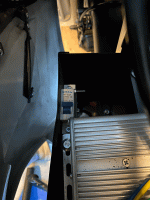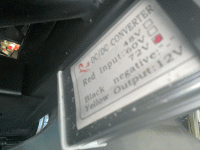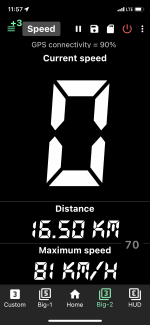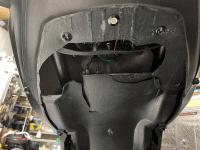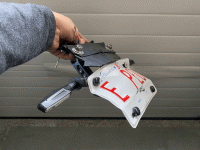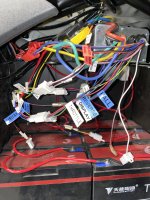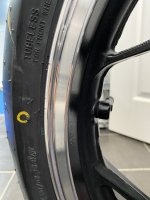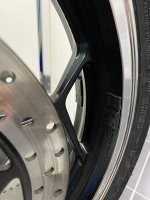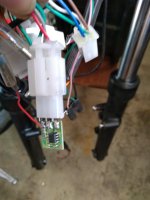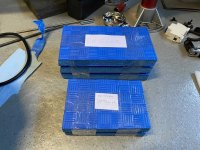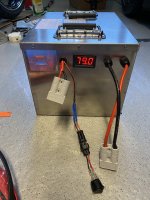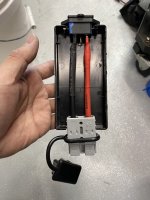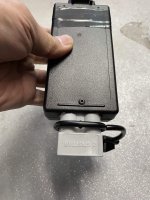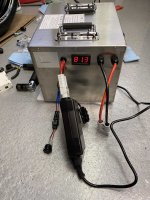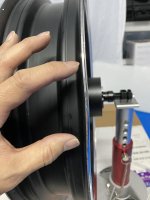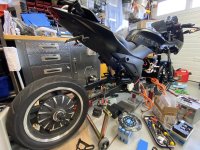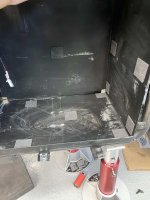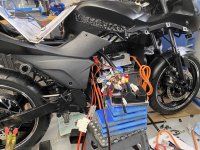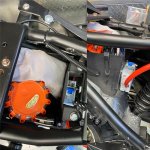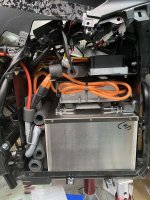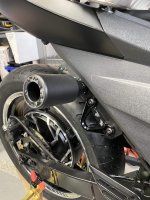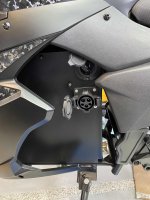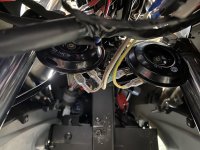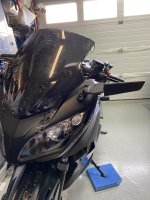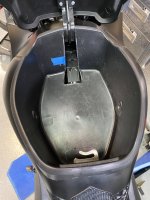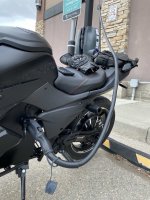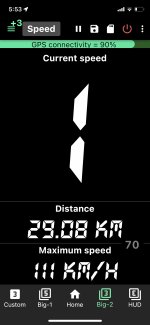dragon
1 W
So here’s my modest build / mod thread for my (almost 1 yr old now) “electric mobility scooter” haha. Motorcycles were very taboo among my family elders while growing up. Nothing changed after I became an adult or after marriage as my wife was vehemently against motorcycles as well. I do not have a motorcycle license, nor am I even allowed to get one hehe.
This having pedals & restricted to 32kph as an electric bicycle or unrestricted to 60kph as a moped/scooter with no motorcycle license needed, it was easy to appease family members & keep my marriage intact haha.
There was no way I was going to ride this on the city bike paths & I didn’t want unnecessary attention from the police, especially since my daily commute would pass by a local police outpost.
It had a VIN so the process wasn’t too painful to legally registered my “electric mobility scooter” as a 50cc-equivalent moped/scooter.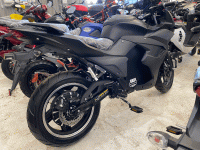
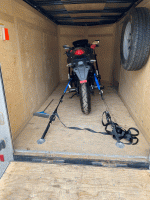
Cool point of interest: the key looks like a Porsche key haha
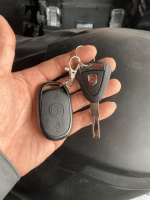
Me being me, I can’t leave things stock so I started my mods. First, applying some subtle artistic touches using black stealth camo patterned vinyl & replaced as many of the visible silver-colored screws & bolts to black ones.
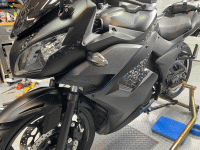

Next, removed the pedals, crank assembly & chain as well as the chain guard/fender & added some reflective tape to aid with twilight visibility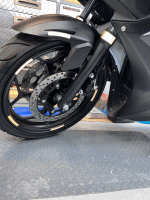
Installed LED marker bulbs, plate lights & sleeker sequential turn signals with the front ones relocated.

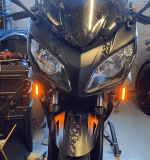
Tethered some luggage straps around a metal brace under the rear seat to secure a backpack or mini cooler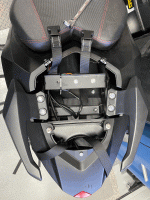
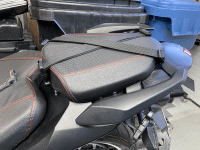

Added some GoPro & phone mounts & cut up the rear fender to mount a tail tidy
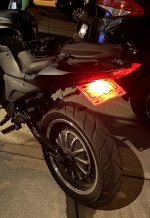
This having pedals & restricted to 32kph as an electric bicycle or unrestricted to 60kph as a moped/scooter with no motorcycle license needed, it was easy to appease family members & keep my marriage intact haha.
There was no way I was going to ride this on the city bike paths & I didn’t want unnecessary attention from the police, especially since my daily commute would pass by a local police outpost.
It had a VIN so the process wasn’t too painful to legally registered my “electric mobility scooter” as a 50cc-equivalent moped/scooter.


Cool point of interest: the key looks like a Porsche key haha

Me being me, I can’t leave things stock so I started my mods. First, applying some subtle artistic touches using black stealth camo patterned vinyl & replaced as many of the visible silver-colored screws & bolts to black ones.


Next, removed the pedals, crank assembly & chain as well as the chain guard/fender & added some reflective tape to aid with twilight visibility

Installed LED marker bulbs, plate lights & sleeker sequential turn signals with the front ones relocated.


Tethered some luggage straps around a metal brace under the rear seat to secure a backpack or mini cooler



Added some GoPro & phone mounts & cut up the rear fender to mount a tail tidy

Last edited:



